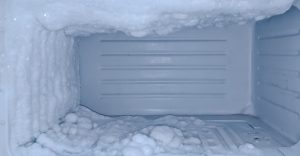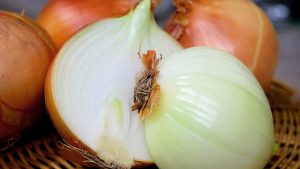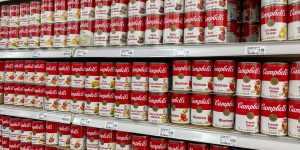Most of us make at least three of these mistakes every day.
Others are reading now
Keeping your refrigerator in optimal working order isn’t just about reducing energy costs; it’s also important for food safety and minimizing waste. Here are seven common refrigerator mistakes that many of us make, and tips on how to avoid them:
1. Infrequent Cleaning
Many people tend to clean their refrigerator only once a year, but this is not enough. Even though it’s cold inside, bacteria from food residues can easily spread. Aim to give your fridge a deep clean every season to ensure it’s safe and hygienic.
2. Incorrect Storage of Raw Meat
Storing raw meat on the top shelf of your fridge is a common mistake. Since cold air sinks, the bottom shelves in most refrigerators are the coldest. Thus, it’s best to store ground beef, steaks, whole chickens, and other raw meats there to keep them as cool as possible.
3. Setting the Wrong Temperature
The ideal temperature for your refrigerator should be between 4-5 degrees Celsius. Storing animal products and dairy items like meat, fish, milk, and cheese at this temperature helps preserve them longer. Every degree above can significantly decrease their shelf life. However, be mindful that some vegetables and herbs might suffer cold damage if the fridge is too cold.
Also read
4. Refrigerating Tomatoes
Tomatoes lose their flavor and their ripening process halts when they are refrigerated. They are best kept at room temperature on a kitchen counter, where they can ripen to perfection.
5. Disorganized Shelves
Is your fridge often a jumbled mess where you can’t find what you need? Disorganization can lead to food waste as items become too old to eat. Spend a few minutes each week to organize your fridge contents by category—dairy with dairy, condiments with condiments—so everything is easy to find.
6. Overfilling the Fridge
Packing too many items into your fridge can block air vents, disrupt the flow of cold air, and lead to uneven cooling. This not only spoils food faster but also causes the fridge to work harder, potentially raising your energy bills. Try to leave a little space around items to allow air to circulate properly.
7. Misusing the Door for Storage
The refrigerator door is the warmest part of your fridge due to the frequent opening and closing. Avoid storing perishable items like milk in the door. Instead, use this space for items that are less affected by slight temperature changes, such as juices and condiments.








